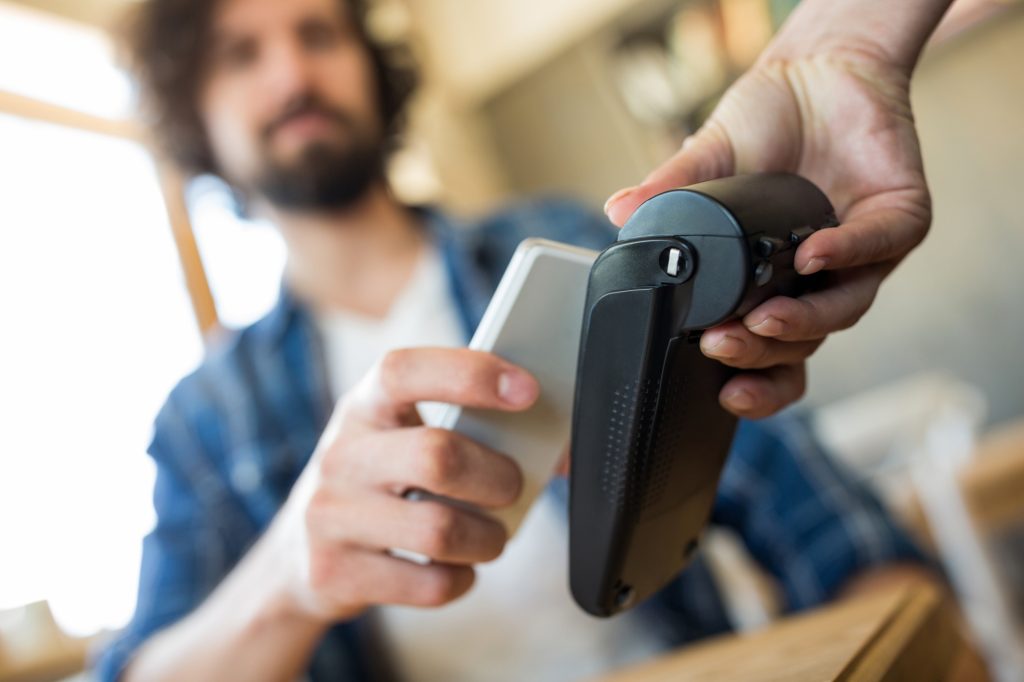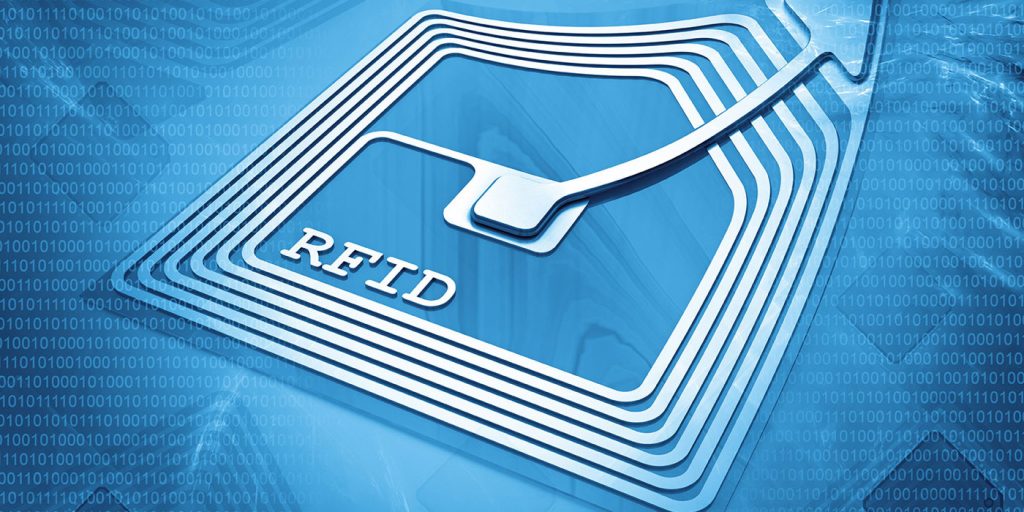NFC Vs RFID: What’s the Difference?

RFID (radio-frequency identification), and NFC (near-field communication), allow a variety of devices to exchange data quickly and with extreme accuracy. The differences between the two are very identifiable and are mainly delineated by their range of communication.
What is RFID?
Radio-frequency identification (RFID) is a wireless communication technology that can specifically identify objects using radio waves. RFID technology may use high frequency (HF) which is 13.56 MHz or may use ultra-high frequency (UHF) at 860-960 MHz depending on your organization’s needs.
How does RFID work?
RFID systems consist of an RFID reader, RFID tags, and antennas. The reader receives the signal and converts it from radio waves into another form of data. The information is then transferred to a database for storage and/or analysis. An RFID system can identify each RFID tag being read due to a unique identifier in the RFID tag’s memory.
There are two main types of RFID tags:
Active RFID: Active RFID tag have their own power source, often a battery.
Passive RFID: A passive RFID tag has no internal power source; instead, it’s powered by the RFID scanner.
Additionally, radio-frequency identification systems can improve upon printed barcodes, does not require line of sight, provides increased read range, and can be read quickly in batches.
What can RFID systems be used for?
The ways you can use RFID applications are limitless. Below we have named a few:
- Supply chain management
- Pharmaceutical tracking
- Inventory tracking
- IT asset tracking
- Retail inventory tracking
- Library tracking
- Access control
- Time and Attendance
- Car washes
What is NFC?
NFC devices operate at the same frequency as high-frequency RFID readers and tags; however, NFC communication uses a much shorter range and typically works best when the devices are only an inch or two inches away from each other.
NFC technology comes in a variety of forms, but it’s best known as the technology that allows devices like smartphones and smartwatches to exchange small bits of data with other devices.
What can NFC do?
NFC is wireless communication between two devices to activate and transfer data or power. Similar to Bluetooth or Wi-Fi; it uses electro-magnetic radio fields instead of radio transmission. When two compatible NFC chips come into contact with each other, they’re activated. NFC operates across a typical range of 4cm to maintain a level of security for the data being transmitted.
How can NFC be used?
There are many ways in which we use NFC, but there are two devices to look at – passive and active. Passive devices merely store information that can be read. Alternatively, active devices can send, receive and even alter information.
Another reason you may consider NFC is that it can improve upon QR codes, it does not require line of sight, and provides increased security along with added intelligence.
Should I Use RFID or NFC for My Business?
Regardless of the size of your business, you can benefit from RFID or NFC in some form within your organization. It’s important to keep in mind the needs of your organization, including the security features and range capabilities, before deciding.
Vanguard ID Systems is a leading manufacturer specializing in custom-made card solutions and RFID technology. Our range of custom card solutions includes gift cards, loyalty cards, and direct mailers, all of which can effectively enhance the exposure of your brand and attract a wider customer base. Our RFID technology solutions are designed specifically for your business needs, enabling you to enhance efficiency and profitability throughout your organization. Our personalized RFID solutions include labels for inventory management and asset tracking, and bands and cards for access control to name a few key areas. Contact one of our Vanguard ID Systems Technical Representatives today at 1-800-323-7432 or email us at info@vanguardid.com


